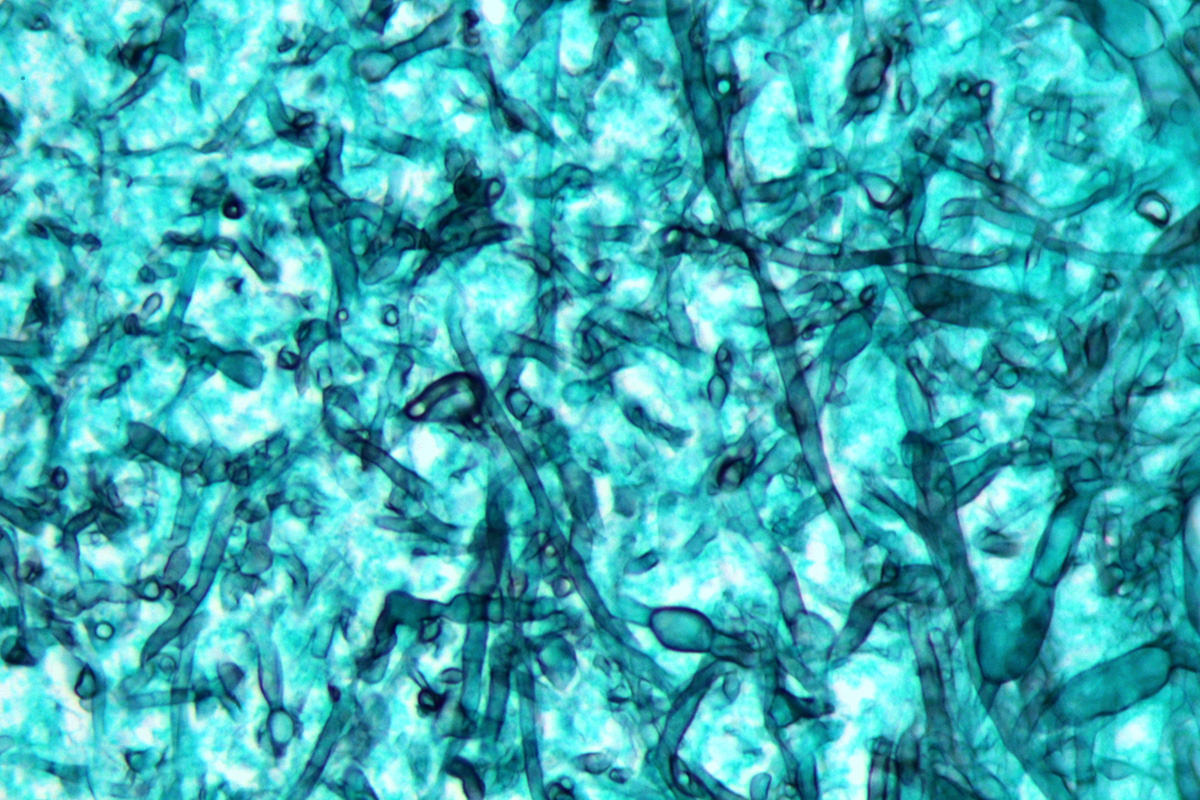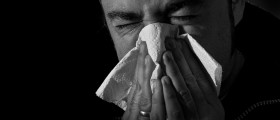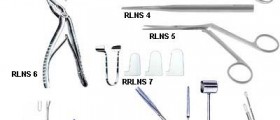
Maxillary Sinusitis - Introduction
Maxillary sinuses are located inside the maxillary bone. Maxillary sinuses are actually the biggest of the all sinuses. They are separated from the oral cavity with the roof of the mouth. Just like any other sinuses even maxillary sinuses may get inflamed and this inflammation is called maxillary sinusitis. Maxillary sinusitis occurs due to closeness of these sinuses with the frontal sinus, maxillary teeth and anterior ethmoidal air sinus. So infection may spread from the previously mentioned structure to the maxillary sinus and lead to maxillary sinusitis.
Symptoms of Maxillary Sinusitis
The symptoms of maxillary sinusitis include runny nose, fever and pain and pressure in the maxillary area. Common cold or flu may precede maxillary sinus infection. Patients may sometimes complain about pulsating pain which is almost unbearable. One more symptom of acute maxillary sinus infection is headache.
Initial symptoms of maxillary sinusitis include bad breath, sore throat, puffy eyes and fatigue. The collection of puss leads to irritation and continuous throat and nose clearing. After a short period of time collection of puss inside the sinuses causes dull pain deep inside eyes. Patients experience intermittent headache every day. Nasal congestion and nasal drip linger for several days. The pain in the maxillary area increases in bending position.
Causes of Maxillary Sinusitis
Maxillary sinus is prone to infections because its drainage orifice is situated very close to the roof of the sinus not allowing adequate drainage of the sinuses. Remnant mucus may be a source of infections. In some cases extraction of the teeth which are located right below the maxillary sinus may lead to its infection. Even severe type of tooth cavity may lead to maxillary sinus infection.
Maxillary sinusitis usually affects people with enlarged turbinates. Deviated septum is another cause of maxillary sinusitis.
Even though maxillary sinus infection is usually caused by bacteria sometimes people may develop fungal infection caused by Aspergillus. Fungal infection may become quite severe if not recognized in an early stage and treated on time.
Treatment for Maxillary Sinusitis
Maxillary sinusitis requires proper treatment and it has to start as soon as possible. Bacterial sinusitis is treated by antibiotics. Doctors prescribe antibiotics and patients are not advised to take any antibiotic without consulting the doctor. Antibiotics are supposed to be taken for approximately 10 days. Nasal congestion is relieved by nasal decongestants. The pain and pressure in the affected area as well as headache can be alleviated by pain killers. In initial stage patients may require bed rest and plenty of sleep.

















Your thoughts on this
Loading...